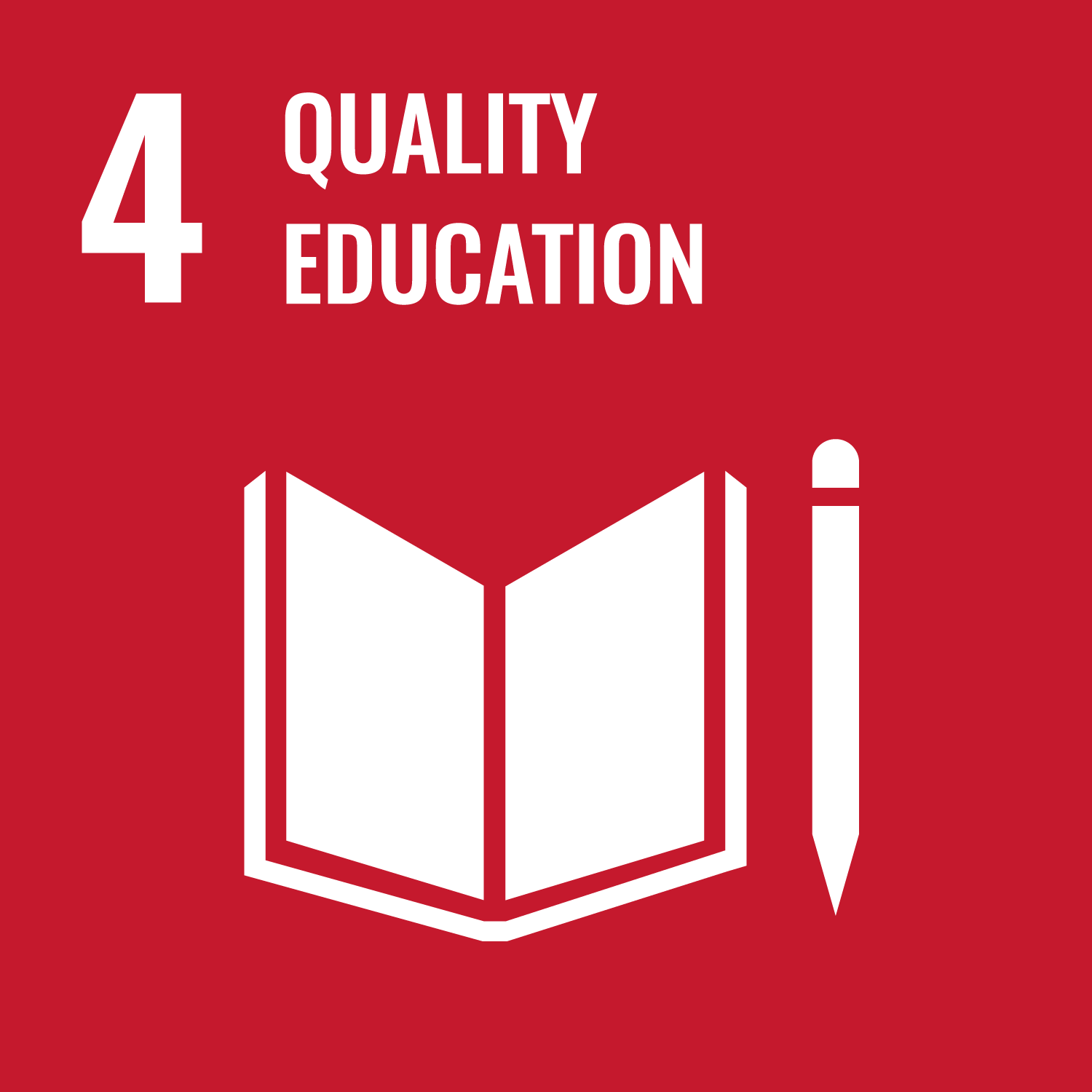* The course schedule may change due to the spread of Covid-19. Details will be announced in the first class.
**This course may be cancelled according to COVID-19 situation, as field works, case studies, and simulated experiences will be undertaken in this course.
Disparities in information access between persons who can access information easily and persons who can not causes not only whether you have it but also economical disadvantage and social limitation.
All people have equal rights to communicate with each other where "communication" has a big meaning toward in information society.
However, as for the reality, a technical and/or a social problem block it.
In late years, many efforts for this problem advance in global communities - European, North American, and Asian countries.
In many fields including an industry or the construction business, this issue attracts attention rapidly. Therefore, this issue becomes an important topic for students who are looking for jobs in industrial field.
In this class, we argue this social issues through simulated experience as persons with disabilities, field works, and case studies.
**This course may be cancelled according to COVID-19 situation, as field works, case studies, and simulated experiences will be undertaken in this course.
Disparities in information access between persons who can access information easily and persons who can not causes not only whether you have it but also economical disadvantage and social limitation.
All people have equal rights to communicate with each other where "communication" has a big meaning toward in information society.
However, as for the reality, a technical and/or a social problem block it.
In late years, many efforts for this problem advance in global communities - European, North American, and Asian countries.
In many fields including an industry or the construction business, this issue attracts attention rapidly. Therefore, this issue becomes an important topic for students who are looking for jobs in industrial field.
In this class, we argue this social issues through simulated experience as persons with disabilities, field works, and case studies.
Students will understand why "Accessibility of Information and Communication" is becoming more important in modern society
through discussion, field works, case studies, and simulated experience.
- Students will understand disparities between "information haves" and "information have-nots"
- Students will understand concepts of universal design, barrier-free, and accessibility in information
- Students will understand "accessibility" in terms of not only technical model but social and human rights model
| Class schedule | HW assignments (Including preparation and review of the class.) | Amount of Time Required | |
|---|---|---|---|
| 1. | Introduction Why "Accessibility" is important ? Concept of Barrier-free |
Understand syllabus | 30minutes |
| Review of the class | 90minutes | ||
| 2. | Concept of Universal Design Comparison between UD and Barrier-free Other terms such as Design for All, |
Preparation of the class | 60minutes |
| Review of the class | 30minutes | ||
| 3. | Human behavior and Affordance | Assignment | 180minutes |
| Review of the class | 30minutes | ||
| 4. | Barrier in Information Field (1) | Find examples in everyday life | 90minutes |
| Review of the class | 30minutes | ||
| 5. | Barrier in Information Field (2) - Discussion | Assignment | 180minutes |
| Review of the class | 30minutes | ||
| 6. | Field work on Barriers in Toyosu | Preparing the field work | 60minutes |
| Assignment | 90minutes | ||
| 7. | Discussion on Field work | Assignment | 180minutes |
| Review of the class | 30minutes | ||
| 8. | Removing Barriers in Information Field | Review the field work | 30minutes |
| Find examples of information barrier in everyday life | 120minutes | ||
| 9. | Eyesight and Low Vision | Review of the class | 60minutes |
| Assignment | 180minutes | ||
| 10. | Field work on Low Vision | Review of the class | 60minutes |
| Review of the field work | 120minutes | ||
| 11. | Color blindness | Review of the class | 120minutes |
| Find examples of barriers for the color blind | 60minutes | ||
| 12. | Digital Divide and Information Society | Review of the class | 120minutes |
| 13. | Essence of Accessibility | Review of the class | 60minutes |
| Preparing for the final exam | 180minutes | ||
| 14. | Final Exam and Discussion | Preparing for the final exam | 430minutes |
| Total. | - | - | 2650minutes |
| Final Exam | Assignment | Total. | |
|---|---|---|---|
| 1. | 15% | 20% | 35% |
| 2. | 20% | 15% | 35% |
| 3. | 15% | 15% | 30% |
| Total. | 50% | 50% | - |
In this course some assignments and short questions are required. Short questions are given without advance notice.
Evaluation: understanding -- 80%, comprehensive --100%
A student who is absent from classes five times or more is not able to take the final exam.
To pass the course, students must earn at least 60 points of 100.
Students can score 60 points or more when they can state in a clear manner their opinions, in assignments, discussion and reports, about topics discussed in class.
Evaluation: understanding -- 80%, comprehensive --100%
A student who is absent from classes five times or more is not able to take the final exam.
To pass the course, students must earn at least 60 points of 100.
Students can score 60 points or more when they can state in a clear manner their opinions, in assignments, discussion and reports, about topics discussed in class.
<Text books>
None
<References>
in Japanese
C&C振興財団『情報アクセシビリティとユニバーサルデザイン』アスキー,2004年。
山田肇編著『情報アクセシビリティ』NTT出版,2005年。
in English
To be mentioned in classes
None
<References>
in Japanese
C&C振興財団『情報アクセシビリティとユニバーサルデザイン』アスキー,2004年。
山田肇編著『情報アクセシビリティ』NTT出版,2005年。
in English
To be mentioned in classes
As this course includes field work, the number of students is limited.
Students who are willing to take this course must attend the first day of the classes.
This course can be registered by "third or higher grade students" or "students visiting Japan".
The order of the classes can be switched according the condition of field work.
Students who are willing to take this course must attend the first day of the classes.
This course can be registered by "third or higher grade students" or "students visiting Japan".
The order of the classes can be switched according the condition of field work.
- Toyosu: Fridays
Omiya: Wednesdays
For making an appointment, email to the address in Kyoin Profile
- Course that cultivates a basic problem-solving skills
- Course that cultivates an ability for utilizing knowledge
| Work experience | Work experience and relevance to the course content if applicable |
|---|---|
| Applicable | The lecturer of this class has been involved in Standardization of "Information Accessibility" such as JIS and/or ISO. He also has business experience in developping Assistive Technology for the people with disabilities and the elderly. |







- 3.GOOD HEALTH AND WELL-BEING
- 4.QUALITY EDUCATION
- 5.GENDER EQUALITY
- 8.DECENT WORK AND ECONOMIC GROWTH
- 9.INDUSTRY, INNOVATION AND INFRASTRUCTURE
- 10.REDUCED INEQUALITIES
- 16.PEACE, JUSTICE AND STRONG INSTITUTIONS
Last modified : Sat Mar 19 00:23:23 JST 2022

